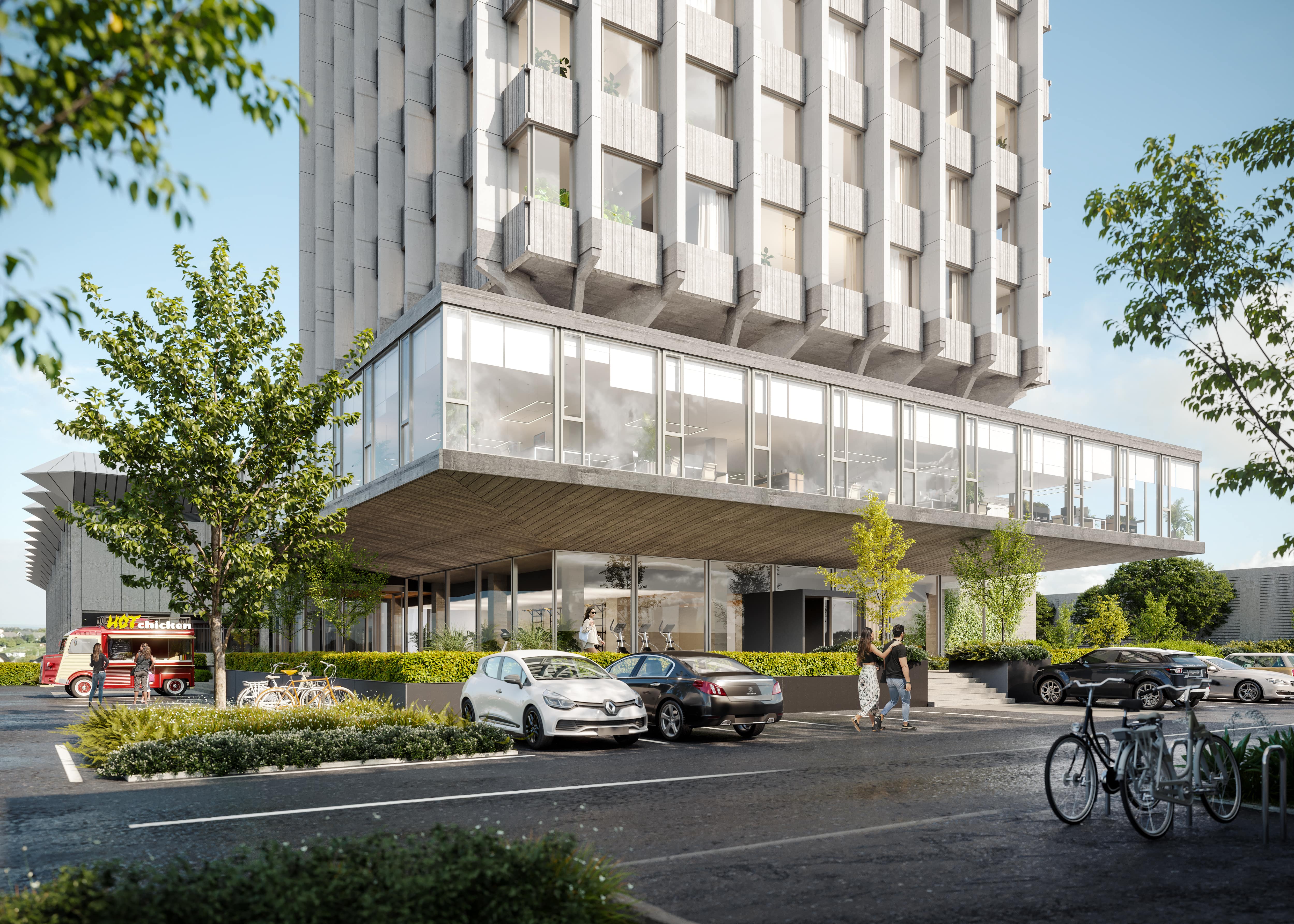The property market continued to hit record highs throughout New Zealand in October, based on the latest data released from the Real Estate Institute of New Zealand (REINZ). The national median house price reached $895,000, an increase of 23.4% compared to October 2020, and 12.6% compared to September 2021. The number of properties sold nationally showed a considerable increase of 30.3% compared to last month, indicating the property market is well into its recovery stage following the re-emergence of Covid-19 in our communities in August.
House prices continue to rise
House prices around the country are continuing to demonstrate the strength of the New Zealand property market, with 11 of 16 regions reaching new records. While the month on month increase of 12.6% to a median of $895,000 is significant compared to previous months, this is due to the number of houses being sold in Auckland increasing as Covid-19 restrictions eased and more sales were finalised. The median house price for New Zealand excluding Auckland was $753,000, a 4.6% increase compared to the previous month.
Regions that set new record medians in October 2021:
-
Northland hit $710,000, the second time the region has reached this record
-
Auckland’s median house price surged 25% compared to October 2020, reaching an astounding $1,250,000
-
Waikato increased to $805,000, 23.6% up from October 2020
-
Bay of Plenty’s median price increased 23.9% to $900,000
-
Hawkes Bay saw the largest regional increase of 37.7%, hitting a new record median of $812,500
-
Taranaki’s increased 31.1% to $630,000
-
Wellington achieved a median of $995,000, an increase of 26.8%
-
Tasman increased 28.6% to $900,000 – up from $700,000 in October 2020
-
Canterbury increased to $668,000
-
Otago’s median reached $760,000, with Queenstown-Lakes District reaching a notable record median of $1,355,000
-
Southland hit $760,000, a 11.8% increase from October 2020
Shaun Taylor, Chief Executive of Professionals, said “The rate of value growth has slowed, so although the year on year growth in values is still historically high, in time we are less likely to see year on year increases above 25%. This will be due to two key factors, one affordability, and secondly and potentially the biggest impact on demand is the tightening of credit, or the willingness of banks to lend money. Much of the recent growth has been due to historically low-interest rates along with the easing of credit restrictions, the banks have been willing to lend. But as Debt to income restrictions come into play this will make it harder for people to borrow as much money and to buy their next home.”
Supply Dictates Demand
Low levels of available properties continued in October, with a 16% decrease compared to October 2020. The lack of supply is particularly prevalent in the West Coast, Nelson, and Northland, with a 42.6%, 39.4% and 37.3% decrease respectively compared to October 2020. This has been one of the driving forces behind the high level of demand we are continuing to see throughout the country.
“The Government, through the Reserve Bank, are attempting to reduce demand through a number of “tools in the toolbox”. Mortgages are increasing on top of OCR increases, and the availability of credit will be restricted through Loan to Value Ratios (LVR’s) being increased, along with the newest tool Debt to Income Ratio (DTR) restrictions. In saying that, mortgage rates are still historically low, demand is still high and the number of homes available for sale are at the near record lows” says Shaun.
“The question is, will these restrictions on the market be enough to ease the steady increase in house prices significantly? Other key indicators such as time to sell are impacted by lockdowns, and this has increased in Auckland in October by 4 days but has only increased by 1 day in regions other than Auckland and is still under 30 days at 29.” says Shaun. “This tells us demand is still strong, and that there is still an element of FOMO for buyers as they are making offers and there are still large turnouts to auctions.”
What's to Come
Shaun expects that we can continue to expect property prices to increase across the country, saying “In the short term, the next 3 – 6 months, as we move into the traffic light system and vaccination rates increase it is likely that house prices will continue to increase year on year by 15% to 25%, so it is still a great time to sell and is definitely a sellers’ market."
He also offers advice to prospective home sellers. "Because the market is moving so fast, before you decide to go to market, to maximise the value in your home do your research. Get at least 2 Market Appraisals from trusted agents in your area. Look at their social media profiles, look at how they market the properties they are trusted to sell and go with the agent who will work the hardest for you and will be honest with you.”
Shaun believes sellers should look to their agent for advice on identifying areas that can be improved. “A good question to ask is 'what do we need to do to get our home market ready?'. An agent will have a view of a buyer and give you honest answers on how you could de-clutter or make small changes to your home to appeal to as many potential buyers as possible.”
“There is still time to sell before the Christmas slow down, so contact your nearest Professionals office or Agent, and at least start a conversation. Our people love to talk about the market and at least give you a guide to your next steps over the phone, but undeniably now is a good time to sell.”









